Insurance
Discuss factors to consider when buying insurance.
{{searchResultSnippet}}
 Back to All
Back to All
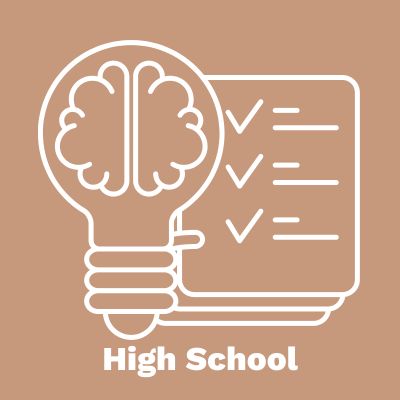
In this lesson, students are introduced to different options for deterring and detecting identity theft. They then play a game about identity protection and learn that 100% identity protection is not possible, but there are ways to minimize risk and steps to take if identity theft occurs.
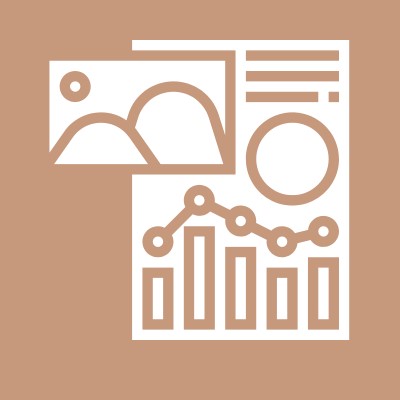
Insurance
Discuss factors to consider when buying insurance.
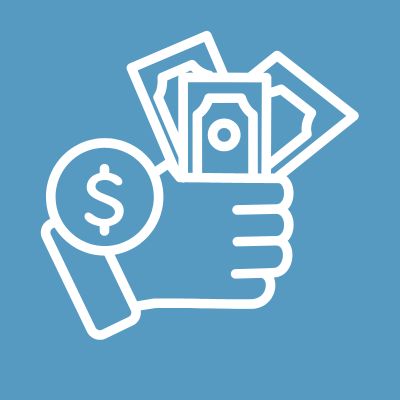
Car Insurance 101: Types of Coverage, Optional Add-ons, and Possible Discounts
Discuss types of car insurance coverage, optional add-ons, and possible discounts.
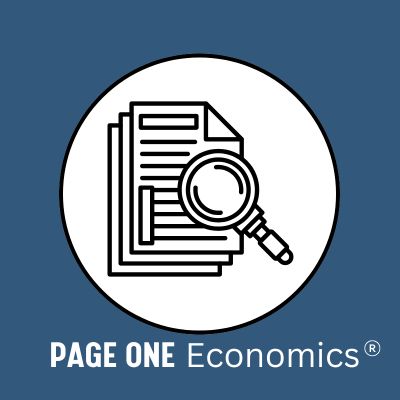
Insurance: Managing Risk and Balancing Responsibility with Affordability
Introduce insurance and how people manage risk.
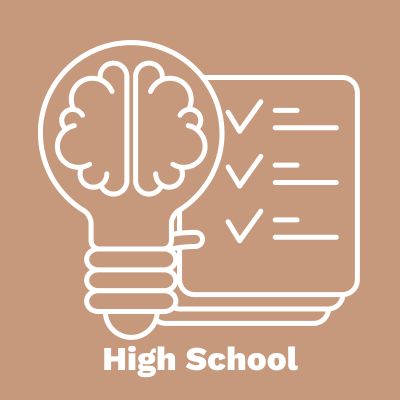
Insurance
This lesson covers basic insurance terms, common types of personal insurance, and factors to consider when buying insurance.
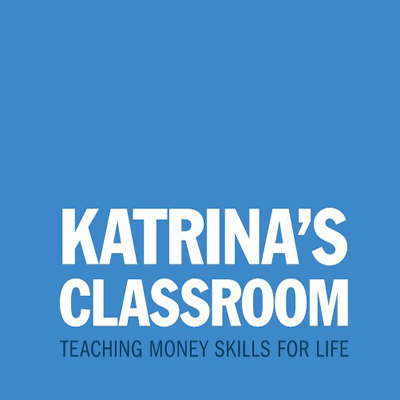
Katrina's Classroom
Katrina's Classroom: Teaching Money Skills for Life is a four-part curriculum unit designed for personal finance-related high school classrooms.

Risk and Return Grab Bag
Define various savings and investment options.

Making Personal Finance Decisions Curriculum
Teach valuable personal finance lessons grounded in economic theory.

The Wealth Game—Factors for Success (Lesson 1A)
After playing a game simulating wealth creation, students reflect on determinants of wealth: natural abilities, effort, motivation, and luck.

Making Choices and Identifying Costs (Lesson 1B)
Introduce the PACED decisionmaking model.

The Inventory Game—Net Worth and Cash Flow (Lesson 2A)
Learn about net worth, cash flow, and the relationship between them.

Meeting Financial Goals—Rate of Return (Lesson 2B)
Show the two ways that investments can earn a return.

Investing in Yourself (Lesson 3A)
Demonstrate the importance of human capital.

Entrepreneurship—Working for Yourself (Lesson 3B)
Learn about common traits of entrepreneurs.

What Are Taxes For? (Lesson 4A)
Explain why the government provides some goods and services.

Understanding Taxes (Lesson 4B)
Learn about factors that make various taxes different.

Making a Budget—It Is All Spending! (Lesson 5A)
Discover that all elements of a budget are essentially spending on goods and services.
{{resourceTitle}}
{{resourceBlurb}}